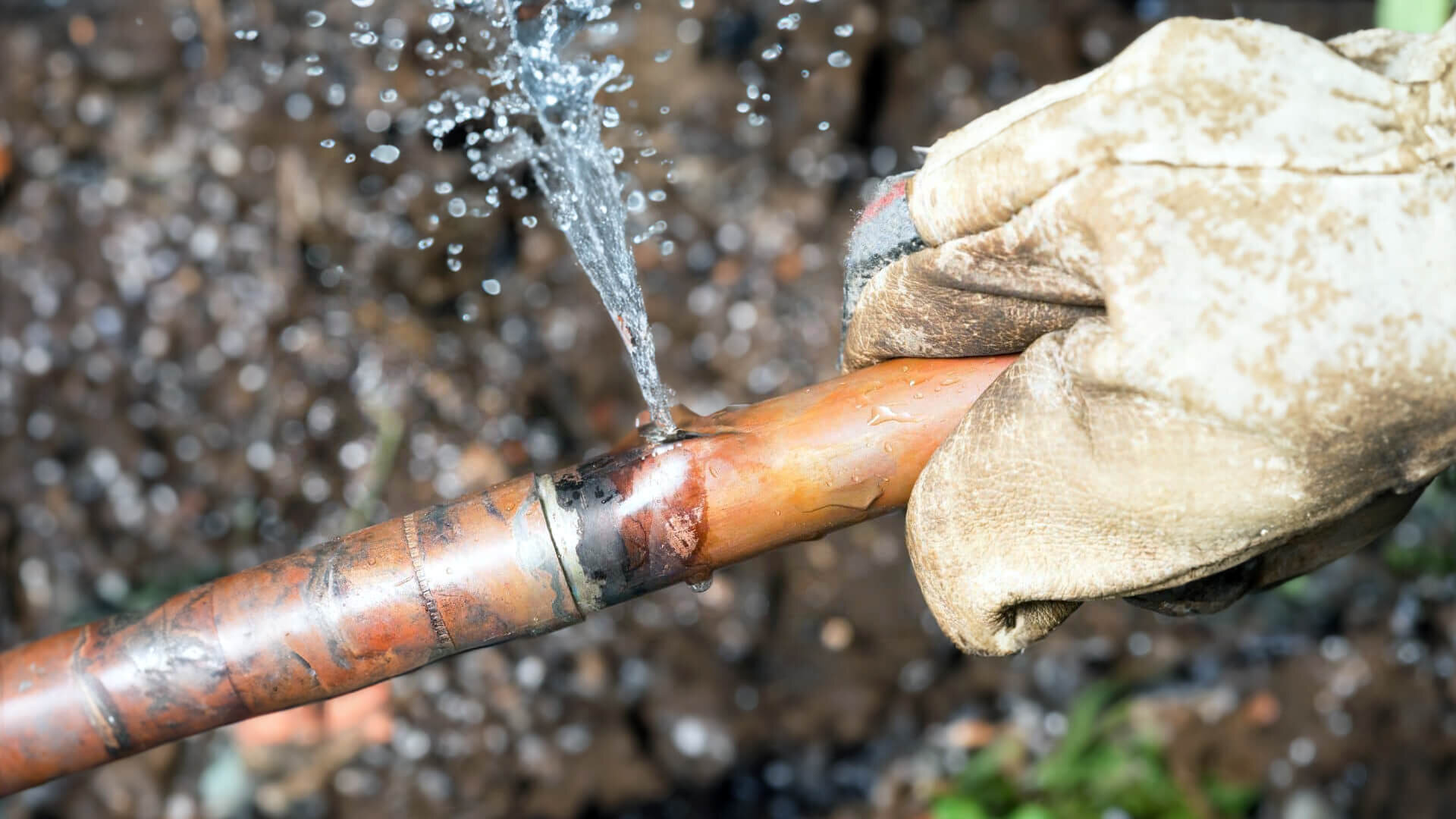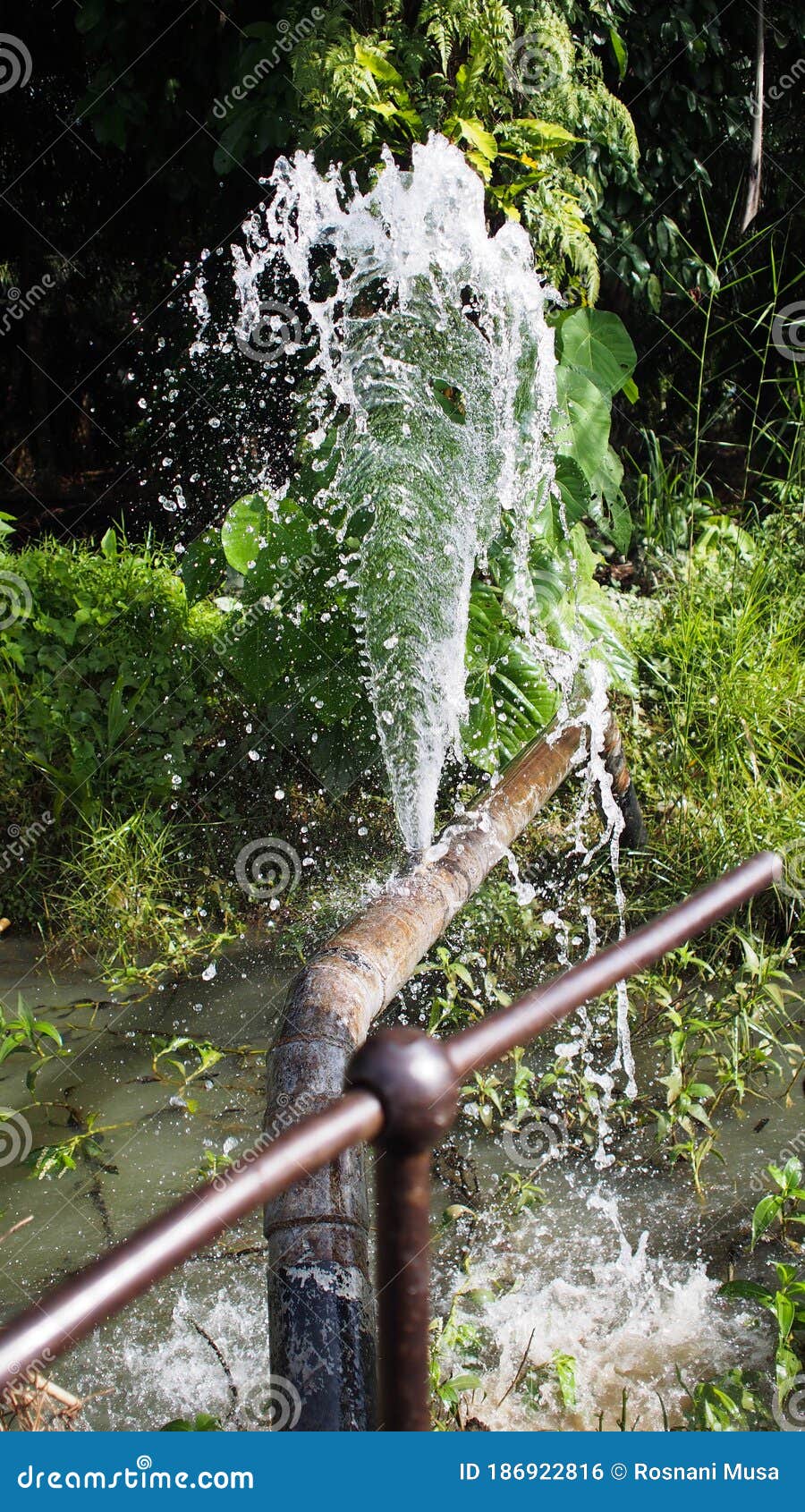Preventing Ruptured Pipeline: Essential Tips to Secure Your Pipes
Preventing burst pipes is an essential problem for house owners, especially during colder months when the threat of cold is increased. Carrying out calculated steps such as proper insulation, regular evaluations, and maintaining regular interior temperatures can significantly reduce the chance of pipe failure.
Understand Pipe Vulnerabilities
Understanding pipeline susceptabilities is necessary for efficient plumbing upkeep and protecting against costly damages. A number of aspects add to the susceptibility of pipes to ruptureds, including product make-up, age, and environmental problems. Older pipelines, specifically those made from galvanized steel or polybutylene, frequently deteriorate in time, leading to raised risk of ruptures and leaks.
Temperature variations can also dramatically impact pipeline honesty. In colder environments, water entraped in pipes can freeze, increasing and exerting stress on the pipeline walls, which may eventually lead to a burst. In addition, high water pressure can strain pipelines, particularly at bends and joints, heightening the chance of failing.

Insulate Pipeline Properly
Appropriate insulation of pipelines is important for preventing freezing and succeeding bursts during winter (burst pipe). Shielding your plumbing system properly safeguards against temperature goes down that can result in pricey damages. Begin by identifying susceptible locations where pipelines are exposed to outdoor temperature levels, such as basements, attics, and outside walls
Use foam pipe insulation sleeves or wrap insulation tape around these locations to give a safety obstacle. Make sure that all areas of the pipelines, particularly those with limited warmth direct exposure, get sufficient insulation. Pay special focus to joints and fittings, as these are much more susceptible to cold.
When shielding, it's necessary to pick products that satisfy regional building regulations and are ideal for the specific setting. For circumstances, fiberglass insulation is commonly advised for its thermal resistance residential or commercial properties - burst pipe. Furthermore, think about making use of warm cords or tape in extreme conditions, which can be plugged in to give extra warm
Frequently inspect shielded pipes for any kind of indications of wear or damage, as endangered insulation can decrease its effectiveness. By taking these aggressive steps, you considerably lower the danger of pipe bursts, guaranteeing a dependable pipes system throughout the winter season.
Maintain Regular Temperature
A secure indoor temperature is vital for stopping ruptured pipelines throughout the frigid months. When temperatures decrease, water within pipelines can ice up, increasing and creating pressure that may ultimately cause the pipes to burst. To reduce this danger, home owners need to maintain a consistent temperature throughout their space, ideally no lower than 55 ° F(13 ° C)Utilizing a programmable thermostat can help manage indoor temperatures effectively, guaranteeing that spaces with plumbing remain warm also when the house is unoccupied. Pay special focus to locations that are extra at risk to cool, such as cellars, garages, and attic rooms. Keeping cabinet doors open under sinks can also allow warmer air from the home to circulate around pipes.
In addition, it is sensible to enable faucets to trickle somewhat throughout extreme cold snaps. This small flow of water can protect against cold by minimizing pressure within the pipelines. Throughout specifically serious climate events, take into consideration temporarily putting on hold any nighttime obstacles on your thermostat to maintain a stable cozy environment. By carrying out these strategies, house owners can considerably lower the risk of pipe ruptureds and safeguard their plumbing systems versus the harsh winter season components.
Consistently Check Pipes
Normal examinations of pipes systems are crucial for avoiding burst pipes and maintaining overall home stability. Routine checks enable property owners to determine prospective problems before they intensify into costly repairs or major water damage. Throughout these examinations, it is vital to analyze visible pipes for signs of deterioration, leaks, or put on. Pay unique focus to locations prone to cold, such as basements, attic rooms, and exterior wall surfaces.
Furthermore, examining joints and connections is vital, as these factors are commonly prone to leakages. Property owners should additionally examine water pressure degrees, as excessive stress can strain the pipes system and boost the risk of pipeline ruptureds.
Think about organizing professional plumbing evaluations at the very least once a year, especially prior to winter months, to guarantee your system is prepared for colder temperatures. By being aggressive in your method, you can guard your home versus the pricey and disruptive consequences of burst pipelines.
Know Emergency Procedures
Recognizing emergency treatments why not check here is essential for every single homeowner, especially after conducting regular plumbing evaluations. Being gotten ready for a plumbing emergency can considerably alleviate damages and save prices. Initially, situate your major water shut-off shutoff; it is typically found near the water meter or where the main line enters your home. Acquaint on your own with its operation, as shutting off the supply of water rapidly can prevent extensive flooding.
Following, keep important devices helpful. A pipes emergency situation set should consist of a wrench, plunger, and towels, in addition to a flashlight and a bucket for tiny leakages. Additionally, think about having the contact details for a relied on plumbing technician easily available, needs to the circumstance intensify past your control.
If you identify a leakage or burst pipeline, right away transform off the Click This Link water supply and alert your plumbing professional. Record the damage with pictures for insurance objectives. Know the indicators of prospective plumbing concerns, such as unusual water stress variations or damp areas on wall surfaces
Ultimately, positive expertise and quick activity are essential in taking care of plumbing emergency situations, guaranteeing your home remains safeguarded and reducing possible damage.

Verdict
Finally, protecting against ruptured pipelines requires a diverse method that includes understanding pipeline susceptabilities, appropriate insulation, preserving consistent interior temperatures, regular inspections, and knowledge of emergency procedures. By executing these vital strategies, the risk of plumbing failings can be dramatically lowered, thereby ensuring the long life and performance of the plumbing system. Positive steps not just guard against potential damages but likewise add to overall water conservation and the defense of residential or commercial property.
In cooler climates, water entraped in pipes can freeze, expanding and putting in pressure on the pipe wall surfaces, which may eventually lead to a ruptured. When temperatures decrease, water within pipelines can ice up, producing and increasing pressure that may inevitably cause the pipes to ruptured. By implementing these approaches, house owners can significantly minimize the threat of pipeline bursts and secure their plumbing systems against the extreme winter aspects.
